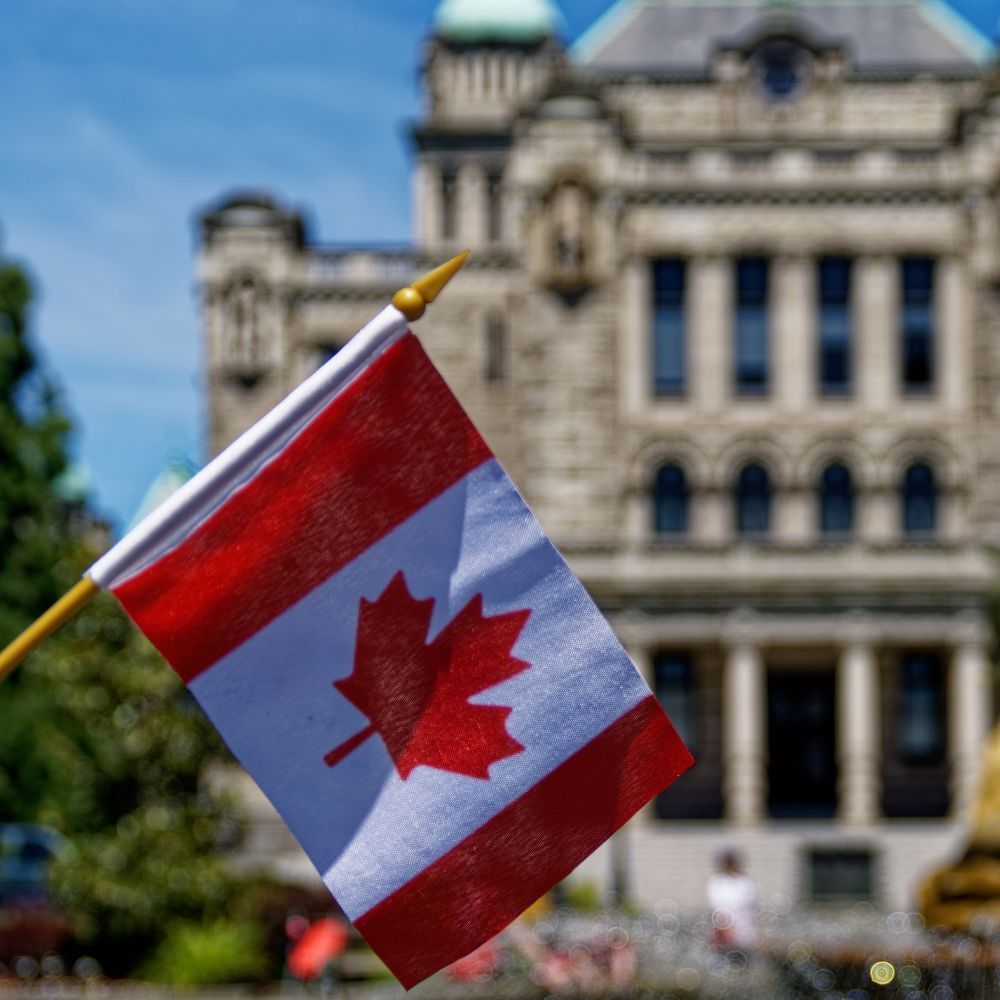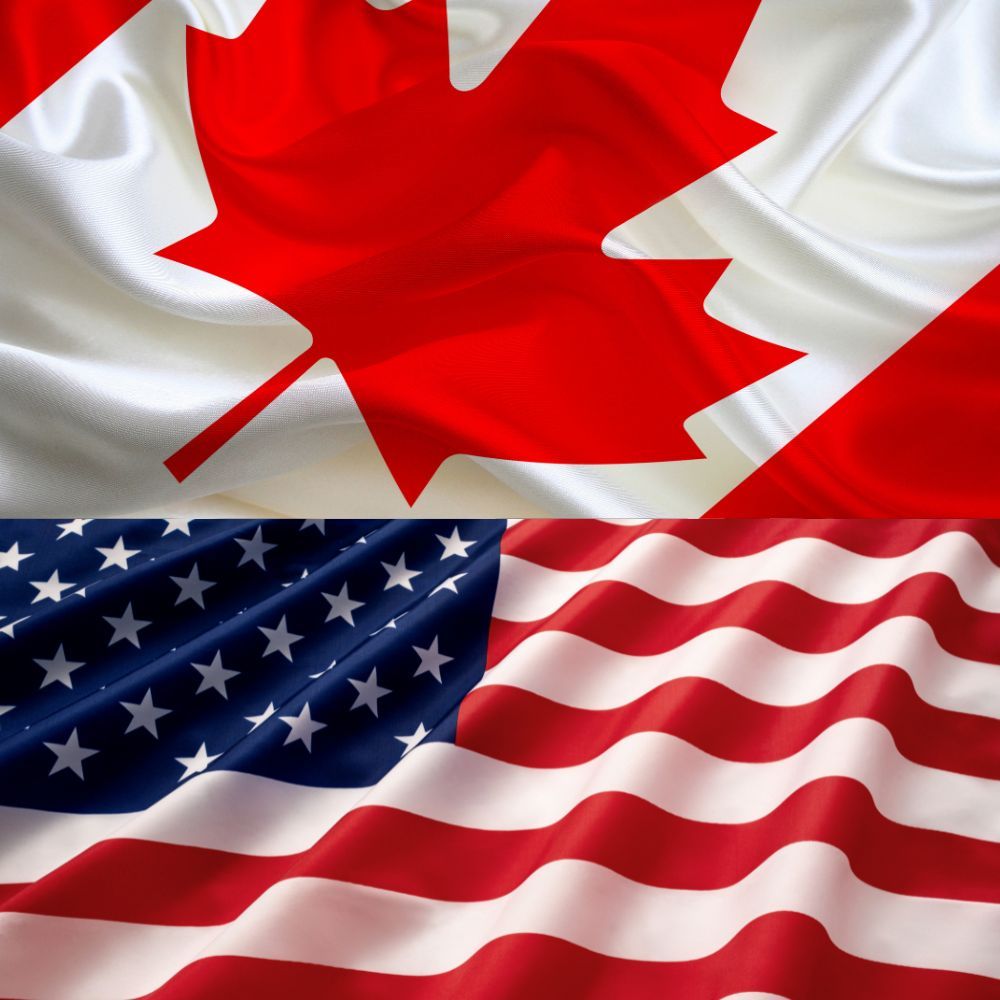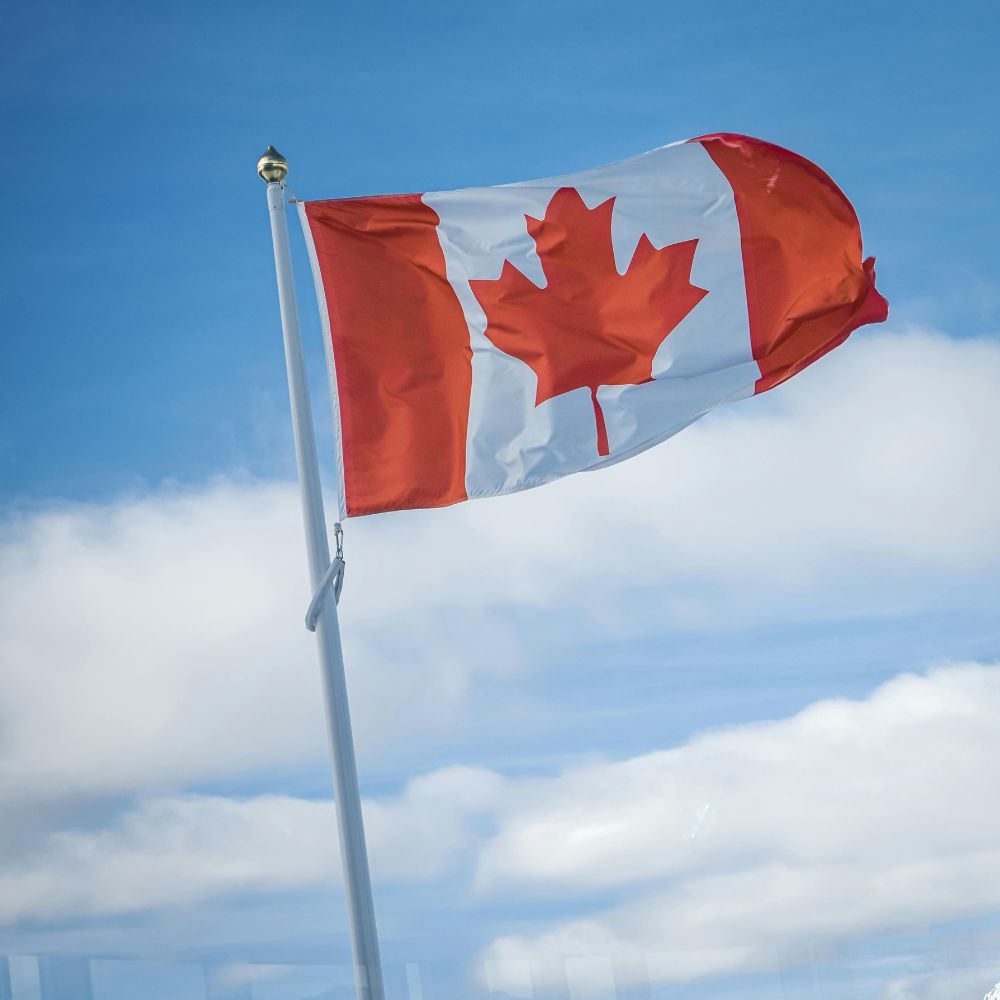When will the west really stand up to Putin?
Adolf Hitler, a madman intent on expanding his empire, and wanting to retrieve a part of Poland, the Danzig corridor which was predominantly German, mounted a full-scale invasion of that country on September 1, 1939.
Britain had entered a formal military alliance pact with Poland that August following Hitlers’ non-aggression Pact with the Soviet Union, enhancing a promise to guarantee Polish independence made by Britain and France in March 1939. British PM Neville Chamberlain’s attempts at appeasement after the invasion came to naught and war with Germany was declared by Britain on September 3, 1939. Britain went to war to defend the balance of power in Europe and to safeguard its position in the world. France followed hours after Britain.
So, what has changed with Russia invading Ukraine? In 2022, there is no pact to guarantee the independence of that country although we knew it was threatened by Russia whose ambitions were made clear by Putin. So we have stood by and watched while a similar madman intent on rebuilding his country’s empire, and smarting from alleged western insults invades an unthreatening sovereign nation. Today we cower in fear of nuclear holocaust and real threats from Putin, who put his huge nuclear arsenal on standby early after his invasion of Ukraine. Otherwise, the scenario is eerily similar. Putin’s claim to “liberate” Ukraine, and now more particularly its minority Russian-speaking population in the south, and his promise to return Russia to international prominence, all mirror Hitler’s ambitions to some extent.
The big difference is that there is no Britain to really stand up to him. The United States, the more logical defender of the free world, seems unwilling to call Putin’s nuclear bluff, or to escalate the war in any way beyond spending billions on arms to make sure that its proxy, the Ukrainian army, beats Russia on the battlefield, and imposing with its allies ever more potent sanctions. According to U.S. Secretary of Defense, Lloyd Austin, the United States now seeks to “weaken Russia” to the point that it can no longer threaten its neighbours. This is a big claim and in the short run does not seem to be working as planned. According to reports, the Russian economy has emerged surprisingly resilient; its currency has bounced back and this week Russia has found a way to avoid defaulting on its foreign debt. However, the worst is yet to come. The European Bank for Reconstruction and Development has projected a 10% shrinkage in the Russian economy, which would constitute the country’s deepest recession in almost 30 years, with GDP then flatlining in 2023 and entering a prolonged period of negligible growth. Is this likely to weaken Putin’s position domestically or alter his dedication to the war? Unlikely.

Much hope is now pinned on the EU’s readiness to reduce purchase of Russian oil and gas on which many European nations are dependent. Inflated prices are benefiting Russia, sustaining its war effort. Several EU nations have already stated they cannot go along with this. It remains to be seen if this will really be the weapon that will hammer the Russian economy.
Increasingly, military experts are predicting a long-extended war with no clear victory for either side. For the Russians, increasingly it is a war of attrition and killing of civilians. Can the carpet bombing of Ukrainian cities weaken the will of Ukraine’s admittedly effective fighters? Unlikely. Bomber Harris whose tactics levelled so many German cities during the second world war would be proud of Putin.
It’s these nightly videos of destroyed Ukrainian cities and their pummeled populations that spark the moral outrage of the west’s citizens which politically could force the hand of NATO to, at the very least, somehow get aircraft to the Ukrainians so they have a chance of getting control of their airspace and reduce the bombing. At a March news conference, President Zelensky asked how many more had to die in Russian bombing and implored, “If you don’t have the strength to close the sky, give us planes.” There are few European capitals where a resolute move of this nature has not been talked of.
You can be sure the White House has the Pentagon looking into various forms of intervention, short of putting US boots on the ground. Perhaps Biden will hear out his generals...who I am sure are telling him that they have the airpower in Europe to take control of the skies. Surely these long kilometers of Russian supply vehicles are hard for them to look at when they know how easy it would be to destroy them from the air. If indeed either closing the skies or getting plans happened, the war would turn in days. NATO and the US know this. Would Putin push the button and be responsible for nuclear mass destruction? I doubt it. This is the precipitous bet some leader in the west has to initiate.
In the meantime, we take comfort in the fact we are identifying and getting the goods on “war criminals” and calling Russian killing of civilians and children “genocide”. As if Putin cares, or this will have any effect whatsoever on his prosecution of the war. I think as Canadians we are all getting a bit tired of the grand statements by Trudeau of our strong commitment to Ukraine, “standing with them in their defense of democracy”, when we are way down the list on per capital spending on lethal aide.
It’s worthwhile to look at brave Britain and France who stood up to a bully in those tense days of 1939 and guaranteed that after years of horror our way of life would survive. Who will stand up to Putin? Western leaders may have to face up to the fact that the longer the war continues, the harder it will be for either side to keep the fighting from escalating into a broader conflict. Surely we have to prevent this by acting more decisively to ensure a Ukrainian victory.
Patrick Gossage Insider Political Views




